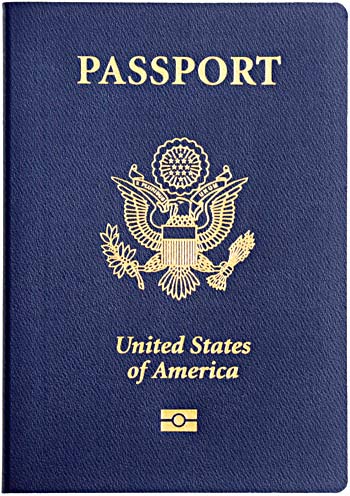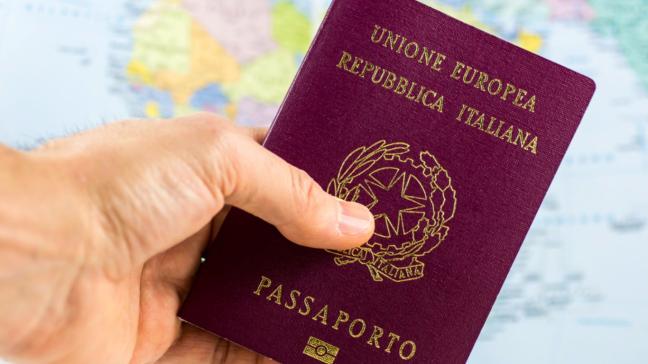Updated 21 March 2024.
Beginning in 2025, U.S. citizens traveling to Italy will be required to obtain a visa waiver, essentially a form of pre-authorization, under a new system called the European Travel Information and Authorization System (ETIAS).
To clarify, this change is not a strict visa requirement; instead, it is a visa waiver program. Currently, American passport holders do not need a visa to visit Italy for stays of less than 90 days within a 180-day timeframe.
Until the new travel regulations take effect, Americans can continue traveling to Italy without a visa and are not required to obtain the new waiver for trips planned before the end of 2024. This update also applies to the 1.4 billion individuals from the 60 countries that currently enjoy visa-free access to Italy, all of whom will need to register for ETIAS ahead of their travels.

Originally, the ETIAS program was scheduled to launch in 2021, but its start date has been postponed due to issues with Europe’s travel tracking systems and complications arising from global health disruptions. In 2020, it was confirmed that U.S. citizens would eventually require a visa waiver to enter European countries in the Schengen Area, a zone comprising 26 nations that currently permit passport-free travel across their borders.
The ETIAS system is comparable to the Electronic System for Travel Authorization (ESTA) that most non-Americans must navigate to enter the U.S. Hence, starting in 2025, U.S. travelers to Italy will need an authorization, not a visa.
Obtaining a visa can be challenging, often requiring extensive documentation and scrutiny. In contrast, the ETAIS application is expected to be a straightforward online process that should take only a few minutes. Most applicants will pay a nominal fee, likely under €20, and receive instant approval. Some individuals may need to provide additional documentation, while very few may be denied.
Once approved, your ETIAS authorization will be valid for four years, eliminating the need for repeated applications for each visit to Italy and other Schengen countries. Just be sure to keep your application number handy to present at border control.
I’m familiar with the ESTA process because my husband is an EU citizen; he must always ensure his travel authorization is valid whenever we visit the U.S.


Implementing this travel requirement for Americans makes sense from a reciprocal standpoint; if a country imposes restrictions on foreign entrants, it’s expected that incoming nationals will face the same level of scrutiny. European leaders view this measure as an important step in enhancing security and combating terrorism.
When ETIAS is rolled out in 2024, failure to possess the visa waiver may prevent Americans from boarding their flights. Although an exact start date has yet to be disclosed, it’s important to note that, due to the absence of a specific timeline, further delays are possible. Nevertheless, should the system become active quickly, it is likely to have a grace period since it is not intended to deter tourism. Eventually, obtaining the waiver will become a necessary step.
“Before boarding, air and sea carriers are required to verify whether third-country nationals subject to the travel authorization requirement possess a valid travel authorization.”
Currently, there’s no need for concern or changes to your immediate travel plans.
In the coming years, you’ll only need to complete one additional step a few days prior to your flight. While it may seem a bit bothersome, it’s a small price to pay for enhanced security.
Ready to fly? Check out what to wear on the plane and how to get from Fiumicino Airport to Rome.



